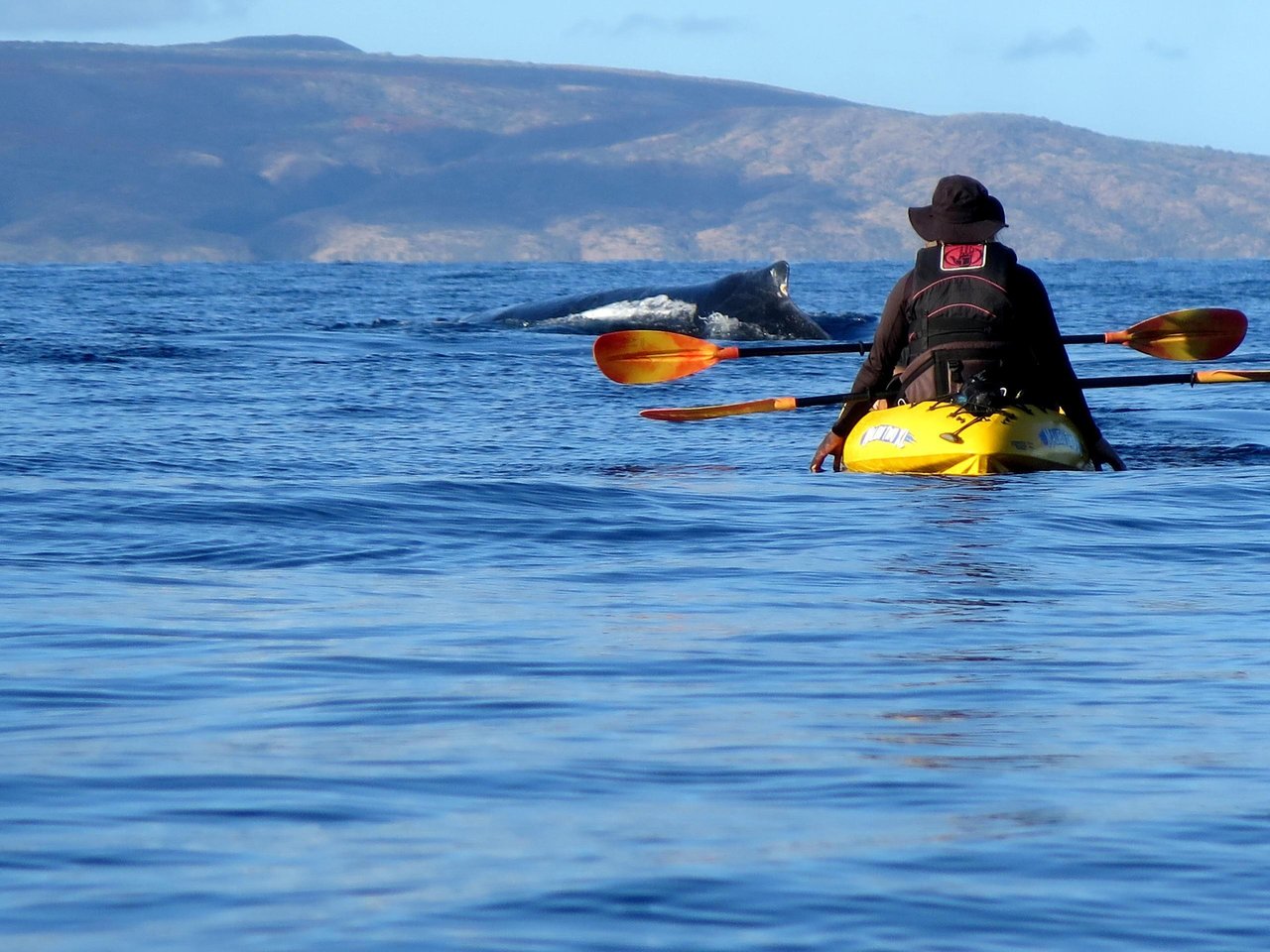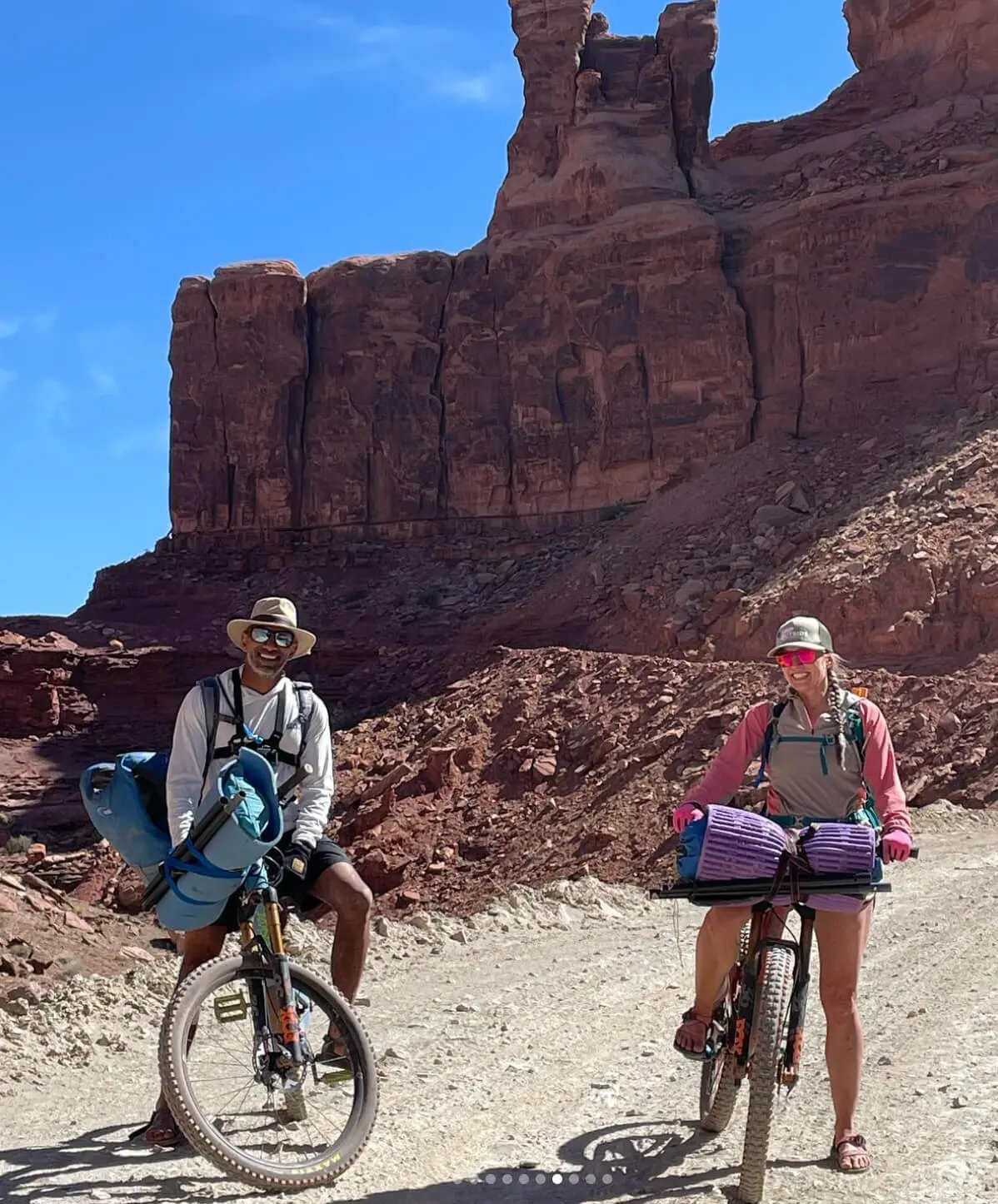What to Wear Kayaking in Summer, Winter, and In-Between
Kayaking is a fantastic outdoor activity that let’s you experience the water from a new viewpoint, provides a physical workout, and allows you to get in touch with Mother Nature. However, dressing appropriately is critical to ensure safety, comfort, and enjoyment. The clothing and gear you need for kayaking can significantly differ based on the weather, and in this guide, we will discuss how to dress for kayaking in both warm and cold conditions.
Below are a few recommendations that are by no means a ”must wear” list. It all depends on where you’re going kayaking, for how long, what the weather conditions are, and what your personal tolerance is to weather, sun, and water.
I personally judge based on the conditions and make the decision. If you’re going on a guided trip or an expedition, you may want to consult your trip guide in advance to make sure that you have the right gear. Sea kayaking, large lakes, and whitewater kayaking can have very specific requirements, the list below is a general guide that is not specific to any certain type of kayaking style.
New to kayaking? For more in-depth information on kayaking, check out ultimate kayaking guide.
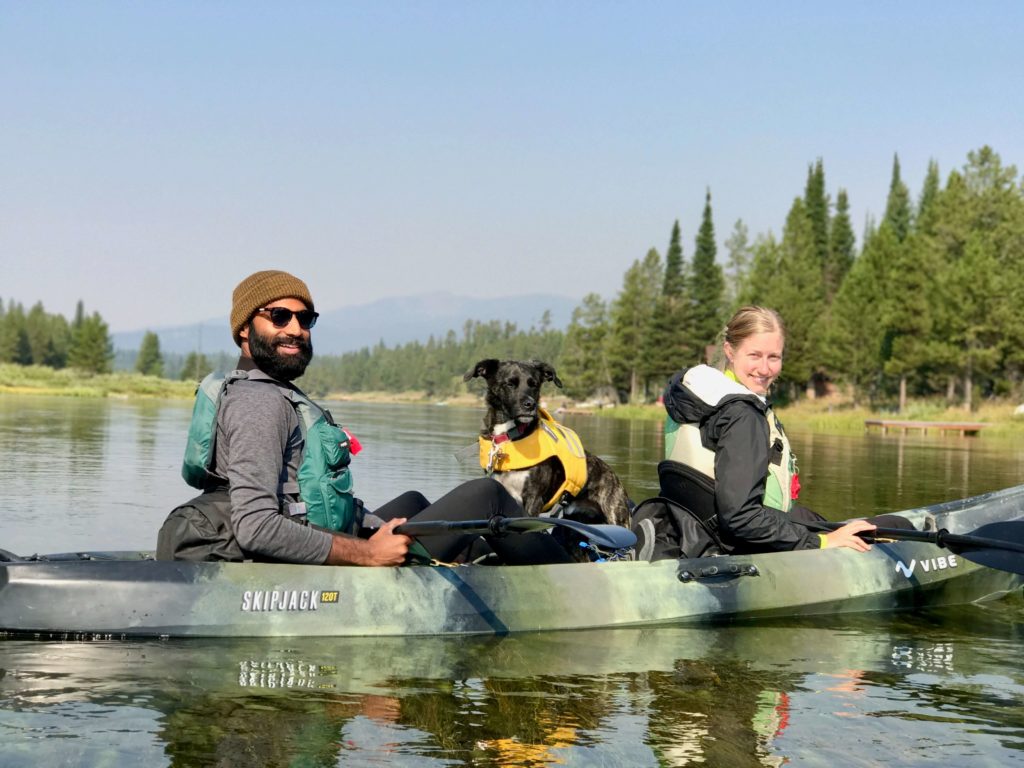
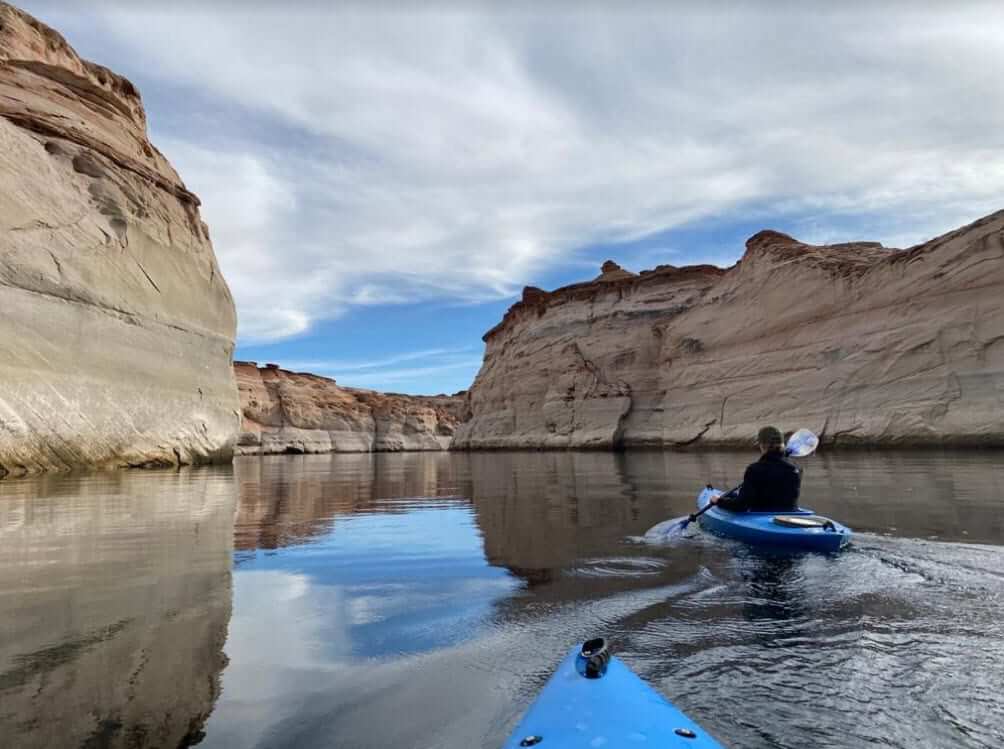
Considerations for What to Wear Kayaking
When planning for a kayaking trip, there are several factors to take into consideration when deciding what to wear. Understanding these factors can help ensure a safer, more comfortable experience on the water. Here are the primary considerations:
Air Temperature
The ambient air temperature significantly affects how you should dress for kayaking. In summer or warmer climates, lightweight, breathable, and quick-drying clothing is ideal. On the other hand, colder weather demands layers to retain body heat. It’s essential to check the weather forecast before your trip.
Water Temperature
The temperature of the water is as crucial, if not more so, as the air temperature. Cold water can quickly lead to hypothermia if you capsize and are not appropriately dressed. If the water temperature is below 60°F (15°C), consider wearing a dry suit or a wetsuit. This is important even if the air temperature feels warm.
Wind Speed and Chill
Wind can lower the perceived temperature, and it can be much colder on the water than on land due to wind chill. If there is a chance of strong winds, it’s advisable to wear a windproof outer layer. Check the wind forecast alongside the temperature before you head out.
Sun Exposure
When kayaking, you’re likely to be exposed to the sun for extended periods. In addition to sun-protective clothing, wearing a wide-brimmed hat or cap, sunglasses, and sunscreen is essential to prevent sunburn. Light-colored clothing can also help reflect sunlight and keep you cool.
Duration and Intensity of the Trip
The length and intensity of your trip are other factors to consider. If you’ll be paddling for a few hours, you might need more substantial clothing, even in warm weather, to protect against wind and sun. For more intense trips or those lasting several days, you’ll need a variety of clothing to adapt to changing conditions.
Risk of Capsize
If you’re going on a calm lake or slow river, the risk of capsizing might be minimal. But if you’re planning to navigate rougher waters or rapids, the risk of capsizing is higher. The latter situation might necessitate the use of a drysuit or wetsuit, especially in colder conditions.
Personal Comfort and Preference
Finally, your comfort and personal preference play a role in deciding what to wear. Some people feel the cold more than others, so while one person may be comfortable in shorts and a T-shirt, another might need a light jacket.
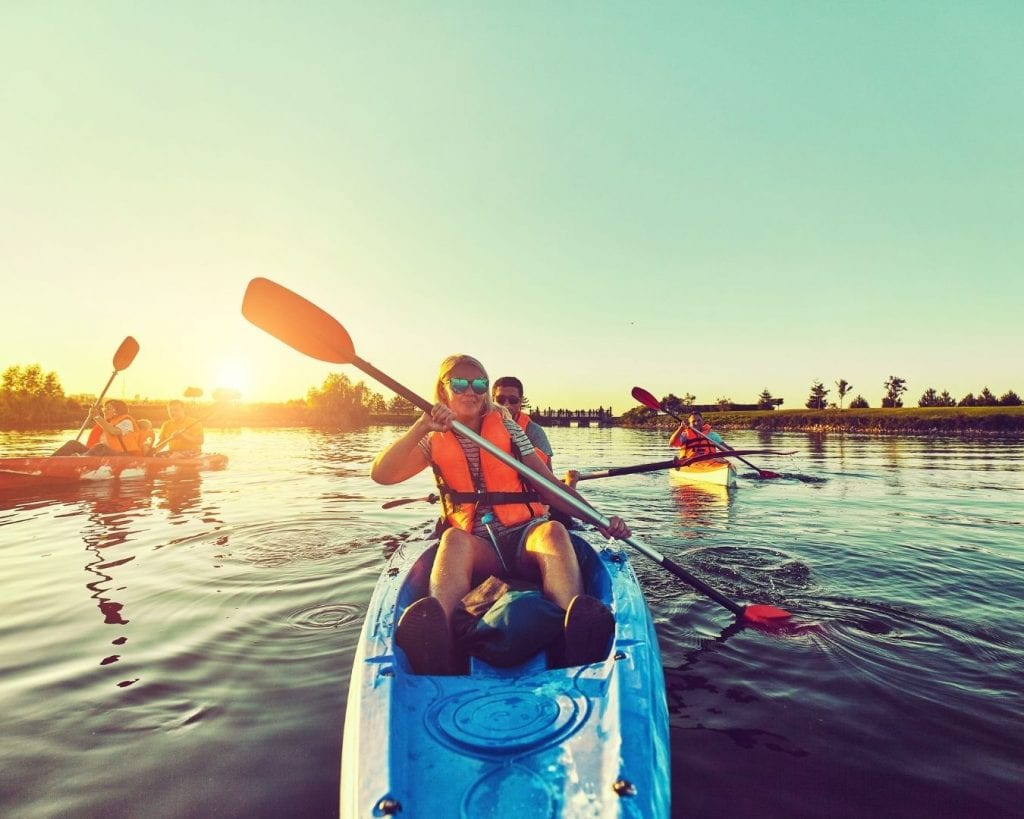
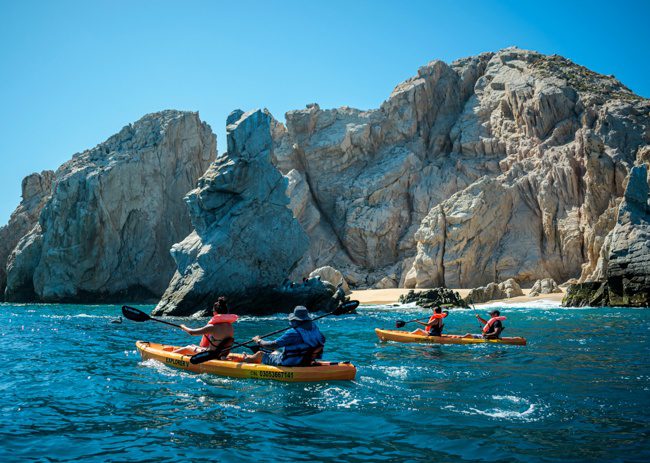
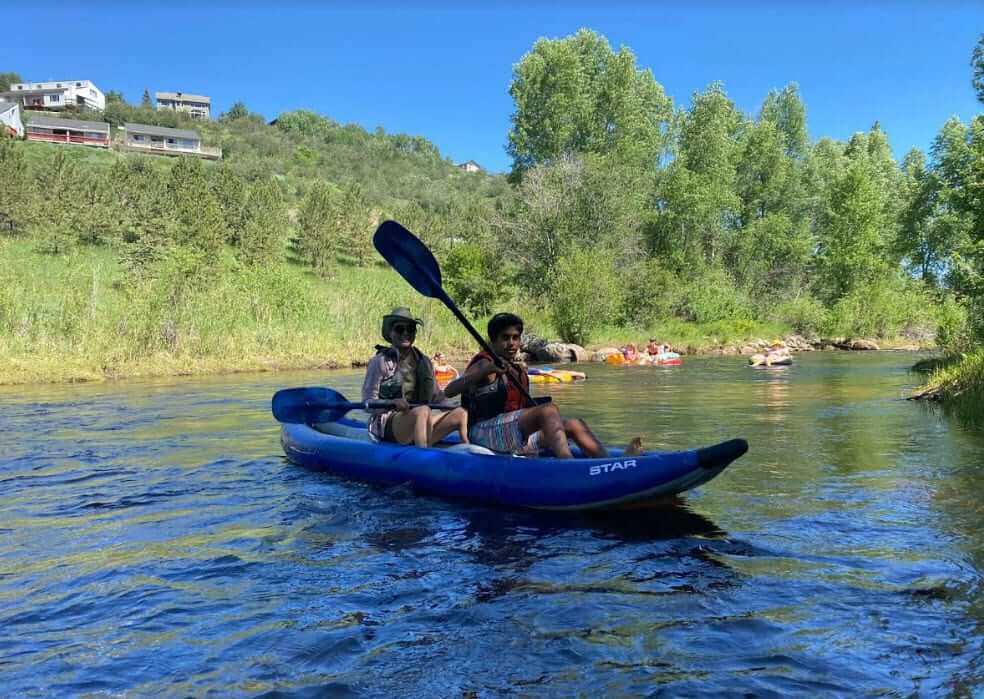
What to Wear Kayaking in the Summer / Warm Weather
Top for Kayaking
Opt for a light, breathable, UV protective and quick-drying shirt. It should ideally be made from moisture-wicking material, like synthetic or merino wool, which can keep you cool and comfortable. Avoid cotton as it retains water and can make you feel clammy. I personally prefer a quick-drying long sleeve UPF shirt with a hoodie like these from Patagonia or the lightweight ones from Club Ride because they provide such great sun protection, and I can use less sunscreen.
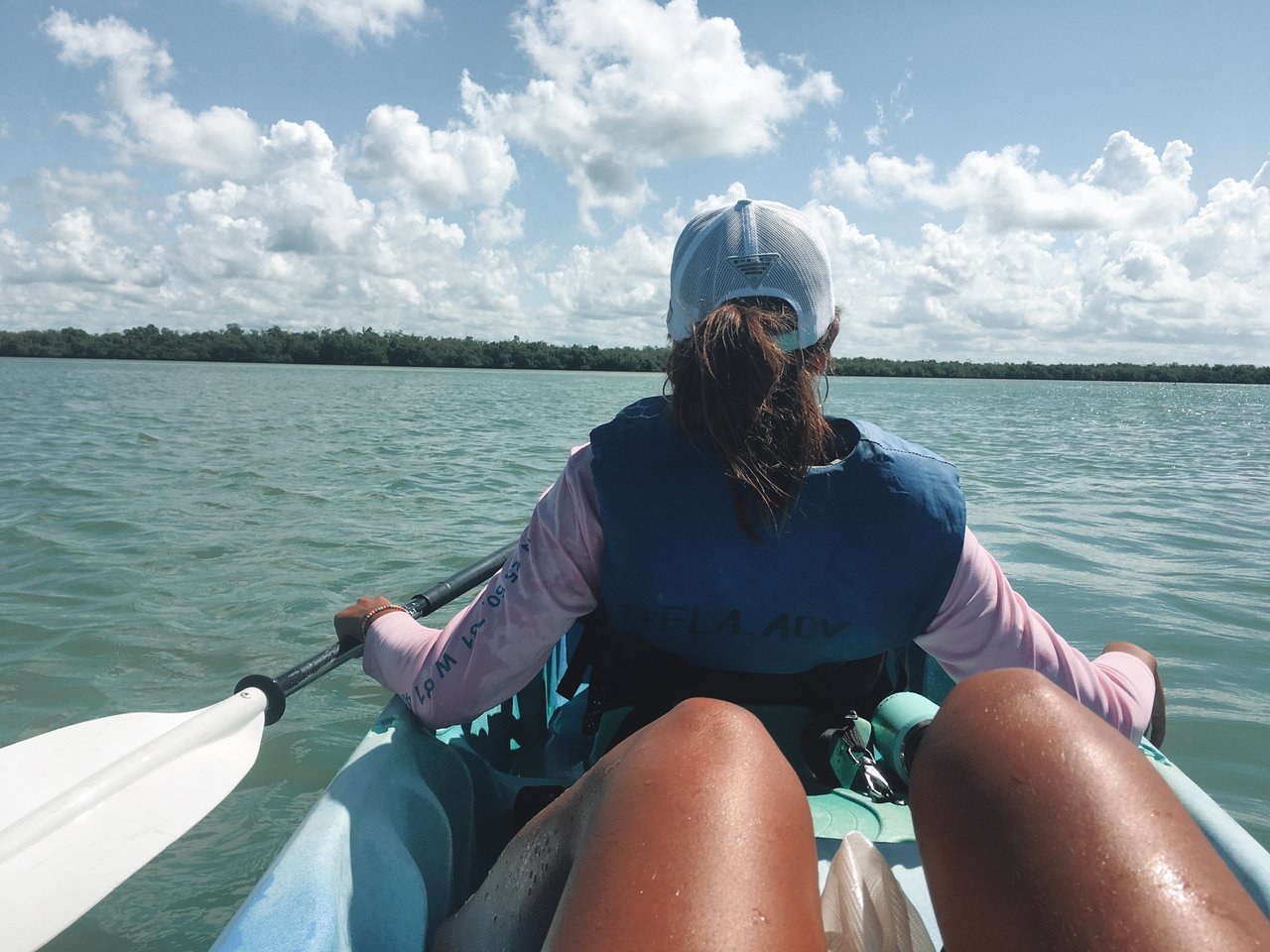
Bottoms for Kayaking
Choose lightweight, quick-drying shorts or pants like these. For kayaking trips that require longer hours, consider padded shorts for added comfort. I also prefer to wear lightweight longer pants instead of shorts if I’m going to be in the direct sun for an extended period of time and especially if I’m using a sit-on-top kayak where I’m more exposed to the sun.
Kayaking Shoes
In warm weather, the best shoes for kayaking are typically amphibious shoes or sandals with grip soles. They protect your feet when walking on rocky surfaces or in shallow water and dry quickly. I love my Chacos.
Headwear and Hats
A wide-brimmed hat or a cap is ideal to protect your face and neck from the sun. Look for hats with chin straps so they don’t fly away with a gust of wind, like these.
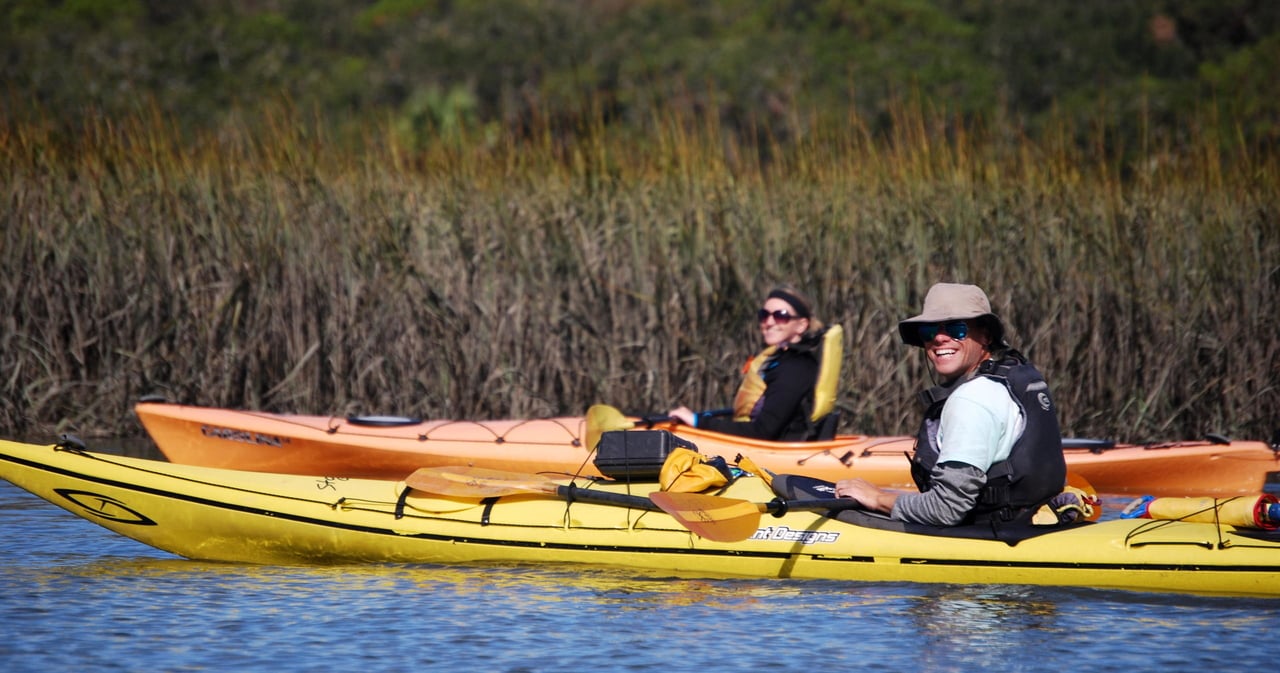
PFD (Personal Flotation Device)
Always wear a US Coast Guard-approved PFD when you’re out on the water, regardless of the weather. PFDs are required many places, and they are just plain a good idea.
Sun Protection
Don’t forget sunscreen, sunglasses (with a strap), and lip balm with SPF. Protecting your skin and eyes from the harsh sun rays is essential.
What to Wear Kayaking in Colder Water and Colder Temperatures
Base Layer
Your base layer should be composed of moisture-wicking material to keep sweat away from your skin. Consider a thermal long-sleeved top and bottoms made from merino wool or synthetic materials like these ones from Patagonia.
Insulating Layer
Fleece jackets or wool clothing works well as an insulating layer. This is crucial to retain body heat and keep you warm during cold temperatures.
Outer Layer
Opt for a waterproof or water-resistant jacket and pants to protect from the wind, water splashes, and rain. Make sure it is breathable to allow moisture to escape.
Neoprene Gloves and Boots
These provide additional warmth and are suitable for very cold conditions. They also offer protection against sharp rocks and debris in the water.
Dry Suit or Wetsuit
Depending on the water temperature, a dry suit or wetsuit might be necessary. They provide insulation and prevent hypothermia in extremely cold water.
Headwear
A thermal hat or cap can help keep you warm as a significant amount of body heat is lost through the head. If it’s extremely cold, consider a neoprene hood.
PFD (Personal Flotation Device)
Just like in warmer conditions, a PFD is mandatory in cold weather too. It can provide additional insulation as well as ensuring safety.

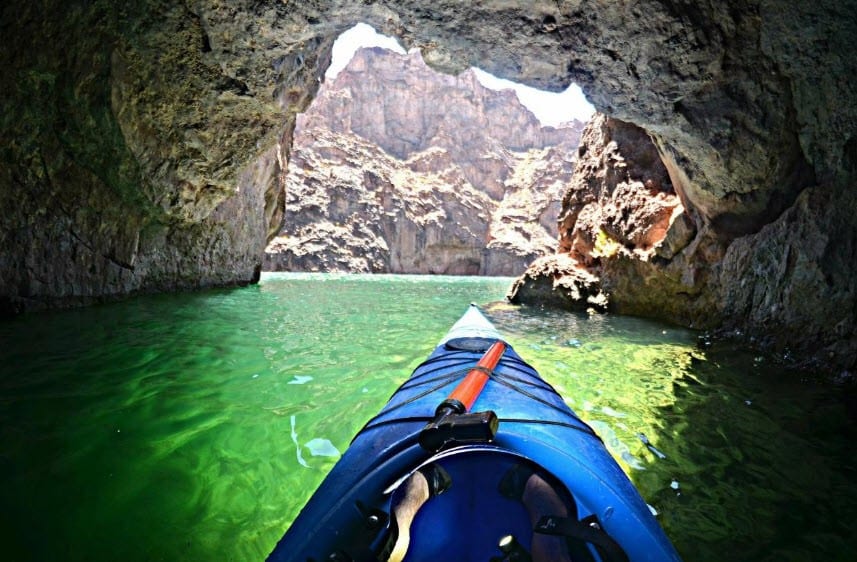
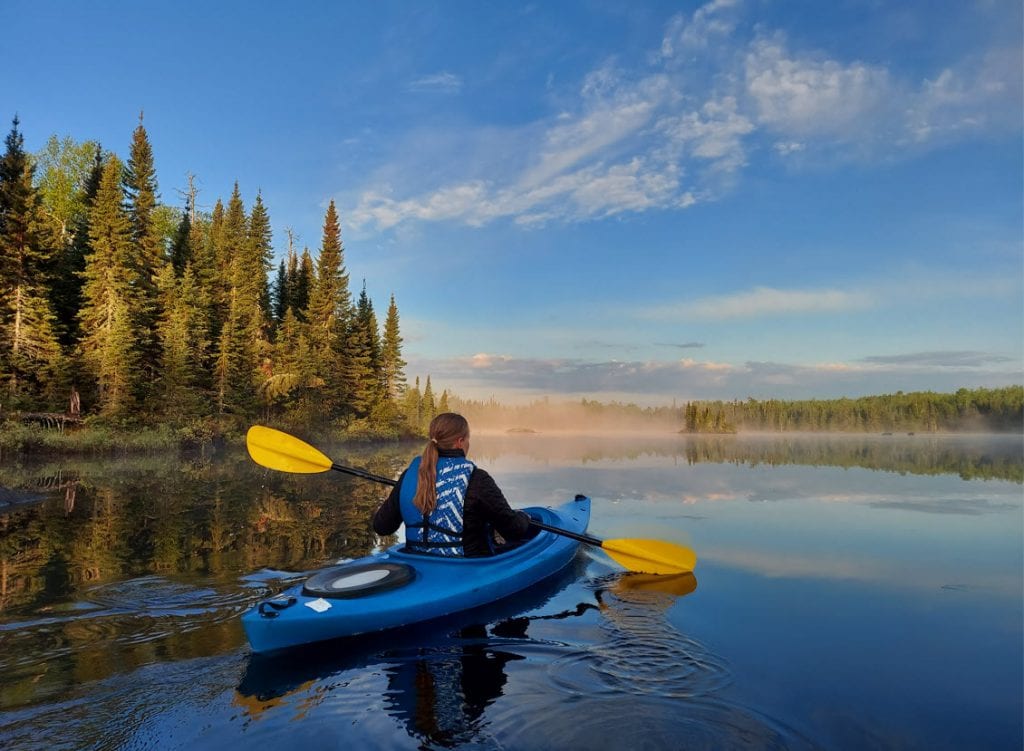
Essential Kayaking Accessories
While clothing is critical for a comfortable kayaking experience, don’t overlook the importance of carrying the right accessories. They not only contribute to your comfort but can also play a pivotal role in your safety on the water. Here are some of the key accessories to consider:
Dry Bag
A dry bag for kayaking is essential to keep your belongings (phone, camera, snacks, etc.) safe and dry. These waterproof dry bags from Booe come in various sizes and styles, like a backpack, or a belt bag, to accommodate different needs.
Hydration and Nutrition
Always bring enough water to stay hydrated, especially on hot days. Energy bars or other snacks can help maintain your energy levels during a long paddle.
Navigation Tools
Depending on where you’re kayaking, you might want to bring a compass, map, or GPS device. Smartwatches and other fitness tools can help you track your mileage, stokes and even navigate. Even if you’re familiar with the area, unexpected conditions could disorient you.
Headlamp or Flashlight
Depending on the time of day that you’re starting your adventure. If you get caught out after dark or plan to be out at dawn or dusk, a waterproof headlamp or flashlight can be a lifesaver.
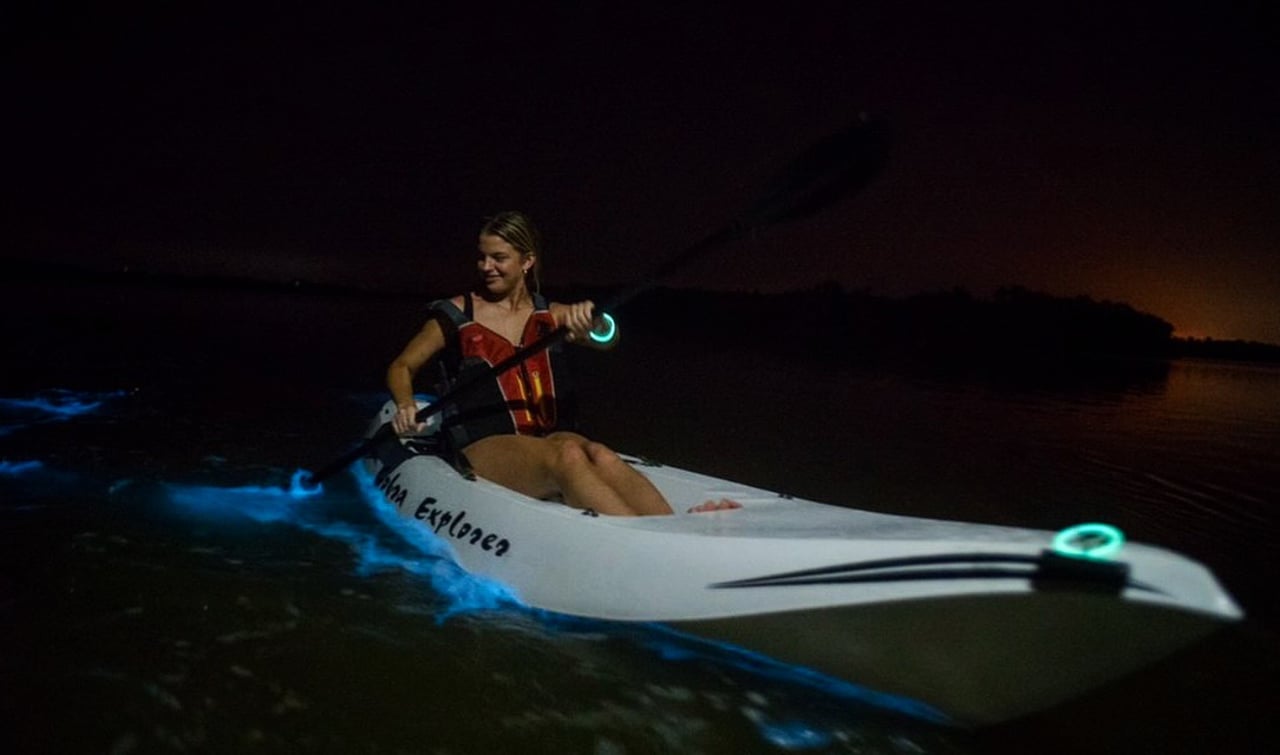
Whistle
A whistle can be used for signaling and getting attention in case of emergencies. It’s a simple tool that can be attached to your PFD.
Insect Repellent
If you’re in an area with lots of bugs or mosquitoes, a good insect repellent can make your trip more enjoyable.
Eco-Conscious Kayaking Gear
Let’s not forget that every piece of gear we pick and every adventure we take leaves a mark. Opting for gear that’s kinder to the planet isn’t just cool, it’s crucial. Think recycled materials and stuff that doesn’t harm our playground. Making eco-conscious decisions are not just a choice; they are a commitment to ensuring that the great outdoors stays great. We love Patagonia’s Worn Wear section, where you can buy used and trade in your previously loved clothing, or check out your local used gear store for a more sustainable purchase!


